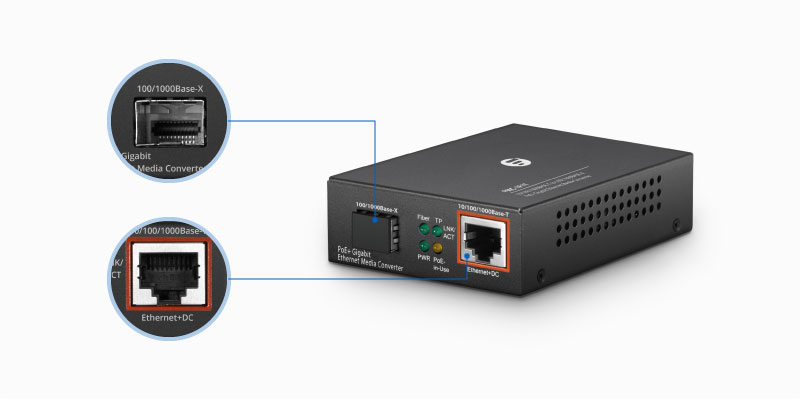Table of Contents
Introduction
In today’s digital world, the availability of high-speed internet is a necessity. Ethernet cables are often the go-to option for connecting computers and other devices to a network. But what if you want to use a device that doesn’t have an ethernet port? This is where PoE media converters come in. PoE media converters are extremely powerful network tools, enabling you to extend existing networks, connect devices that don’t have an ethernet port, or even create your own power over ethernet system. In this blog post, we will provide a comprehensive guide on PoE media converters and how they can be leveraged to unlock their full potential.
What Is PoE Media Converter?
Most people are familiar with the concept of a media converter- a device that converts one type of media (such as coaxial cable) to another (such as Ethernet). But what is a PoE media converter?
A PoE media converter is a type of media converter that uses Power over Ethernet (PoE) technology to deliver both power and data to connected devices. PoE media converters are used in a variety of applications where devices need to be powered remotely, such as security cameras, VoIP phones, and wireless access points.
PoE media converters typically have two Ethernet ports- one for receiving data from a network switch or router, and the other for sending data and power to the connected device. The advantage of using a PoE media converter is that only a single cable needs to be run to the device, which simplifies installation and reduces clutter. And because power is delivered over the same cable as data, there’s no need for an external power supply or outlets nearby- making PoE ideal for use in difficult-to-wire locations or when AC power is not available.
How PoE Media Converter Works?
A PoE media converter is a device used to connect two different types of twisted pair cable, most commonly Ethernet cabling, together. It allows Ethernet equipment that uses one type of cable to be connected to equipment that uses another type of cable. This can be useful when connecting devices that are not PoE-enabled to a PoE switch, or when connecting devices in different locations that use different types of cabling.
PoE media converters typically have one input port and one output port. The input port is used to connect the source device, while the output port is used to connect the destination device. In between the input and output ports is a conversion chip that converts the signal from one type of cable to the other.
Most PoE media converters also have an Ethernet interface, which allows them to be connected to an Ethernet network. This allows the media converter to be managed and monitored remotely.
The Benefits of PoE Media Converter
PoE media converters offer a number of advantages over traditional converters:
1. They are more energy efficient, since they only use the power that is required to operate the device, rather than wasting energy by converting AC to DC power and then back again.
2. They are easier to install and maintain, since there are no external power supplies or cables to worry about.
3. They are more reliable, since they do not rely on AC power which can be subject to fluctuations and outages.
4. They offer greater flexibility in terms of placement, since they can be mounted virtually anywhere there is an Ethernet connection.
Conclusion
Power over Ethernet (PoE) media converters are a powerful tool for extending the reach of PoE technology to non-PoE devices. This comprehensive guide has introduced you to PoE media converters and detailed how they work, what their benefits are, and why they make sense as part of an overall network solution. By taking advantage of the power of PoE media converters, you can ensure that your company is leveraging its resources in the most effective manner possible.

